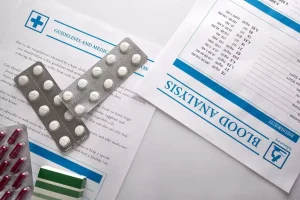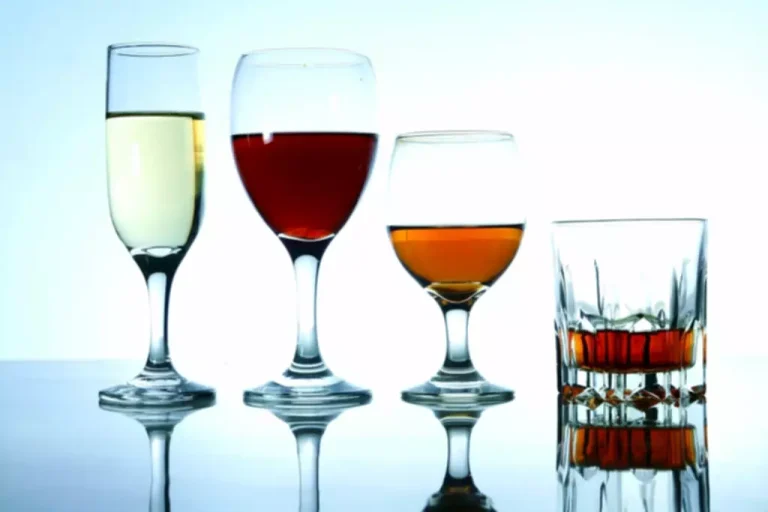
But if you do drink, don’t have more than one to two drinks at a time. Other medicines and supplements, including over-the-counter ones, can interfere with these drugs. Tell all of your doctors, including your dentist, that you’re taking a blood thinner. Don’t start any new medicines or supplements without talking to your doctor first.

Can you drink cranberry juice while taking blood thinners?
This is called deep vein thrombosis, which can cause a pulmonary embolism, which is when a blood clot breaks off your blood vessel and travels to your lungs, where it gets stuck. But anticoagulants can help prevent deep vein thrombosis after surgery. Your body makes blood clots from red blood cells, platelets, fibrin, and white blood cells.
Can you eat bananas while taking warfarin?
If you’re already pregnant, double-check with your doctor to make sure the blood thinner you’re on won’t harm the baby. You should be very careful when you’re taking blood thinners and doing things that could cause any type of injury. Someone using alcohol while taking Brilinta should speak with their doctor about the risks that are specific to their situation. The effects of Xarelto can be affected by alcohol, and those taking the medication should limit the amount of alcohol used.

© 2024 Harvard Health Publishing® of The President and Fellows of Harvard College
Exceeding the recommended guidelines above is considered heavy drinking. But having more than three alcoholic drinks daily could increase your risk for a type of stroke caused by bleeding in the brain (hemorrhagic strokes). Alcohol consumption may decrease the amount of fibrinogen in the blood. The liver produces this protein, which plays an important role in controlling blood flow and promoting blood clotting. Although past studies have suggested some heart benefits of moderate drinking, research hasn’t shown a definitive link between alcohol and better heart health.

Being on any blood thinner will increase your risk of bleeding. Traumatic injuries are one of the most common causes of bleeding, but sometimes you can bleed spontaneously. About 30 grams of alcohol — equating to two standard drinks — can lower fibrinogen levels, which can affect blood clotting. Researchers have found that low-to-moderate drinking could reduce certain processes that lead to heart disease and inflammation. However, more research is necessary to determine whether alcohol use is directly responsible for these possible heart benefits. Therefore, people should always check with a doctor or pharmacist whether it is safe to drink alcohol with a particular blood thinner.
- And that can lead to some serious stuff, like stroke, heart attack or pulmonary embolism.
- Occasional, moderate alcohol use should be safe for most people who are taking blood thinners.
- Check with your doctor before eating these foods if you’re taking a blood-thinning medication because they could thin your blood too much and increase your risk of bleeding.
- Alcohol use should be limited while taking aspirin, particularly in the two hours before or after using it.
- For example, foods that are high in vitamin K can work against warfarin, but not other blood thinners.
How to manage side effects
Dr. Harb Harb is a non-invasive cardiologist working within the Northwell Health System in New York, specifically at the North Shore University Hospital, affiliated with Hofstra University. Dr. Harb moved to New York City, choosing a https://ecosoberhouse.com/ career path in academic medicine as an assistant professor at the Donald and Barbara Zucker School of Medicine at Hofstra/Northwell. There, he teaches and works with cardiovascular and medical trainees as well as medical students.
- The most common side effect risk with any anticoagulant is bleeding.
- If you have issues with your heart, you may have a greater chance of developing blood clots and may need to take blood-thinning medications.
- The American Heart Association doesn’t recommend drinking alcohol solely to protect your blood vessels and improve your circulation.
- Watermelon, apples, bananas, pears and peaches are also safe fruit choices.
- This is called deep vein thrombosis, which can cause a pulmonary embolism, which is when a blood clot breaks off your blood vessel and travels to your lungs, where it gets stuck.
- Researchers have found that low-to-moderate drinking could reduce certain processes that lead to heart disease and inflammation.
- Talk to your doctor if you’re on blood thinners and thinking about having a baby.
- If your doctor has prescribed one of these medicines, it’s because you have heart disease or another condition that increases your risk for clots.
- If you’re already pregnant, double-check with your doctor to make sure the blood thinner you’re on won’t harm the baby.
- Specific blood vessels near the heart rely on receptors to keep blood pressure at a healthy level.
- Heavy drinking, or more than three drinks a day, bumps up your risk even more.
This can help reduce your risk of having a heart attack or stroke if you’re at risk. Since blood thinners make you less able to form clots, if you’re taking them, be extra careful when you do anything that could increase your chance of injury and bleeding. There are several risks blood thinners and alcohol related to mixing alcohol and blood thinners. Alcohol affects how well your blood clots, potentially negating the effects of the blood thinners or increasing them to a dangerous level. Further, alcohol can affect how long it takes for your body to process blood thinners.

But, they may have serious side effects, especially if taken with other medications. Despite their name, blood thinners (also called anticoagulants) don’t actually thin your blood. They work by keeping your blood from sticking together in a clump (clotting). Blood thinners keep a clot where it is and from getting bigger and prevent new clots from forming. They can also allow your body to absorb the clot through the walls of your veins over time. They protect you from bleeding too much if you’re injured or have surgery.





